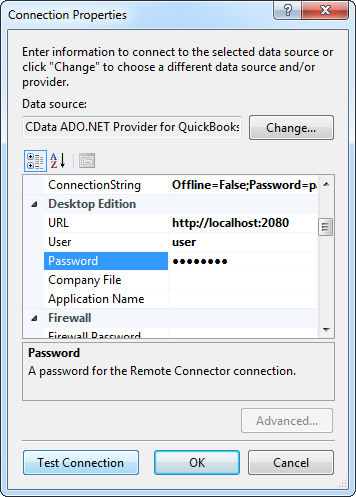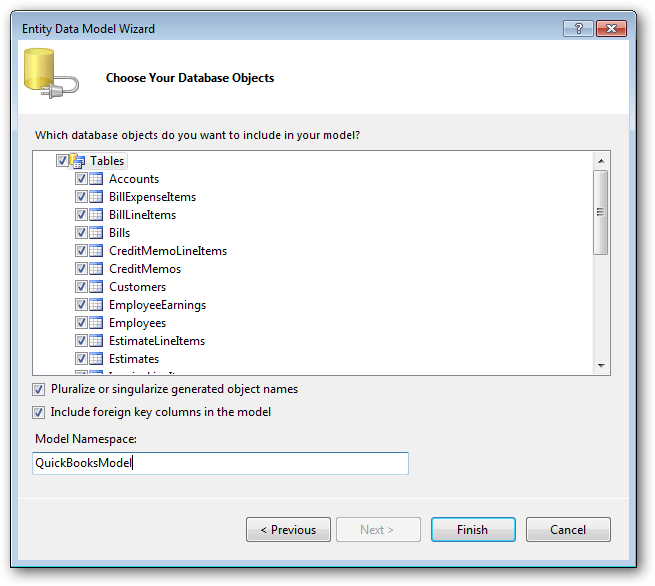Discover how a bimodal integration strategy can address the major data management challenges facing your organization today.
Get the Report →LINQ to SAP ByDesign Data
LINQ offers versatile querying capabilities within the .NET Framework (v3.0+), offering a straightforward method for programmatic data access through CData ADO.NET Data Providers. In this article, we demonstrate the use of LINQ to retrieve information from the SAP ByDesign Data Provider.
This article illustrates using LINQ to access tables within the SAP ByDesign via the CData ADO.NET Data Provider for SAP ByDesign. To achieve this, we will use LINQ to Entity Framework, which facilitates the generation of connections and can be seamlessly employed with any CData ADO.NET Data Providers to access data through LINQ.
See the help documentation for a guide to setting up an EF 6 project to use the provider.
- In a new project in Visual Studio, right-click on the project and choose to add a new item. Add an ADO.NET Entity Data Model.
- Choose EF Designer from Database and click Next.
- Add a new Data Connection, and change your data source type to "CData SAP ByDesign Data Source".
Enter your data source connection information.
Set the following connection properties to connect to SAP ByDesign.
- Url: Set this to the Url of your SAP ByDesign site. For example, https://test.sapbydesign.com
- User: Set this to the username of your account.
- Password: Set this to the password of your account.
- CustomService or AnalyticsService: Only one of these must be specified. If you have a custom service you want to retrieve data from, specify CustomService. If you want to retrieve the reports of a analytical service, specify AnalyticsService.
If neither is specified, 'cc_home_analytics.svc' will used as a default for the AnalyticsService property. If you are not sure what service to specify, you can always query the Services view to list available services.
Below is a typical connection string:
URL=https://my999999.sapbydesign.com;User=username;Password=password;CustomService=servicename;- If saving your entity connection to App.Config, set an entity name. In this example we are setting SAPByDesignEntities as our entity connection in App.Config.
- Enter a model name and select any tables or views you would like to include in the model.


Using the entity you created, you can now perform select commands. For example:
SAPByDesignEntities context = new SAPByDesignEntities();
var [inventory balance]Query = from [inventory balance] in context.[Inventory Balance]
select [inventory balance];
foreach (var result in [inventory balance]Query) {
Console.WriteLine("{0} {1} ", result.Id, result.ID);
}
See "LINQ and Entity Framework" chapter in the help documentation for example queries of the supported LINQ.






